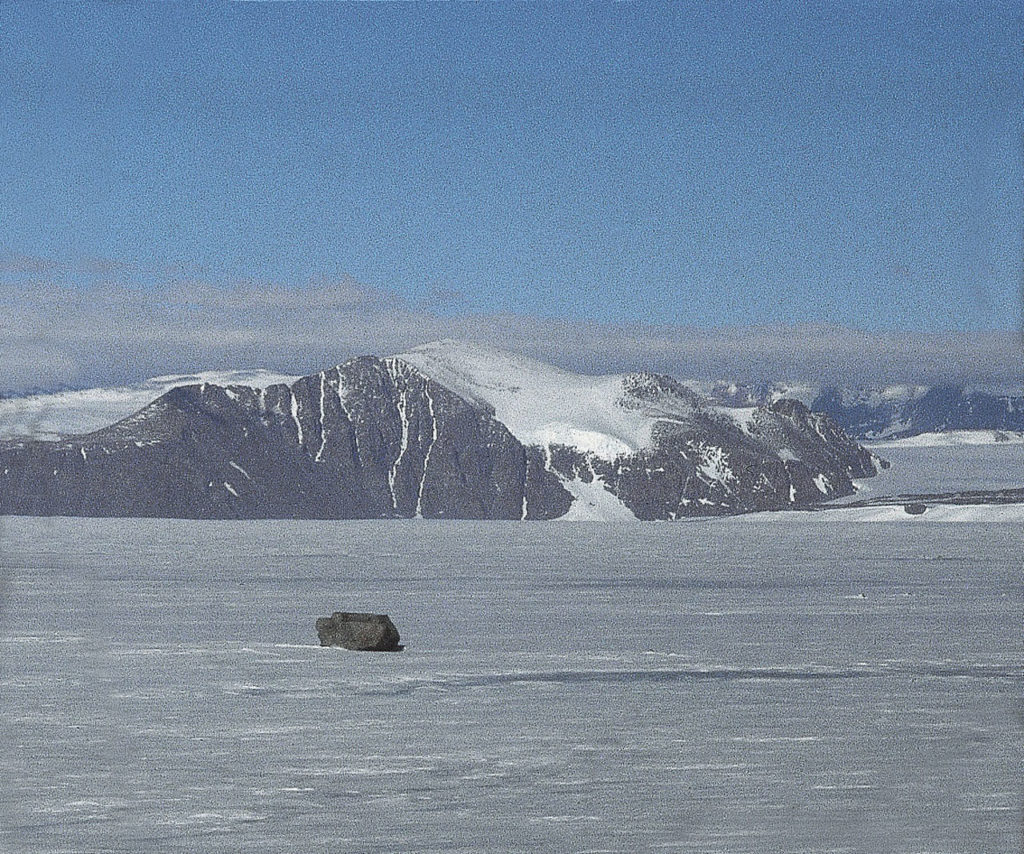Cenozoic Era and Alpine Orogeny
BackAt the beginning of the Cenozoic Era, (65 million years ago), following the disappearance of the dinosaurs and the ammonites, a low and warm sea covered Carnia. In this environment calcareous sediments are deposited, very rich in small organisms with coin-shaped shells called Nummulites (from the Latin nummus meaning ‘a coin’).
Starting from the Eocene, Carnia was involved in the lifting of the Alpine Chain. This was the Alpine orogeny. In fact, between 30 and 35 million years ago the entire Alpine arc was subjected to a slow and generalized uplift. The cause was the crustal squeezing undertaken by Africa and Europe which, for many tens of millions of years, faced off against each other in a context of collision and which is still fracturing the rock sequences like a huge nutcracker today.
About 40 million years ago, the area of the Carnic Alps thus became an area of erosion and no longer one of deposition. The testimonies of the life of the past, the fossils incorporated into the sediments turned into rocks, thus interrupting their story, which had lasted for 400 million years,
The last major geological event affecting the area was the succession, over the past few million years, of various phases of glacial expansion. The peak was reached about 40,000 years ago, with the Würmian glaciation, when the whole area was covered by powerful glacial tongues from which only the highest peaks emerged. Evidence for these phenomena comes from the morainic deposits associated with transport by ice. Only after the retreat of the glaciers, a process that finished just a few thousand years ago, is the present river network and, generally, the area took on its current form.


